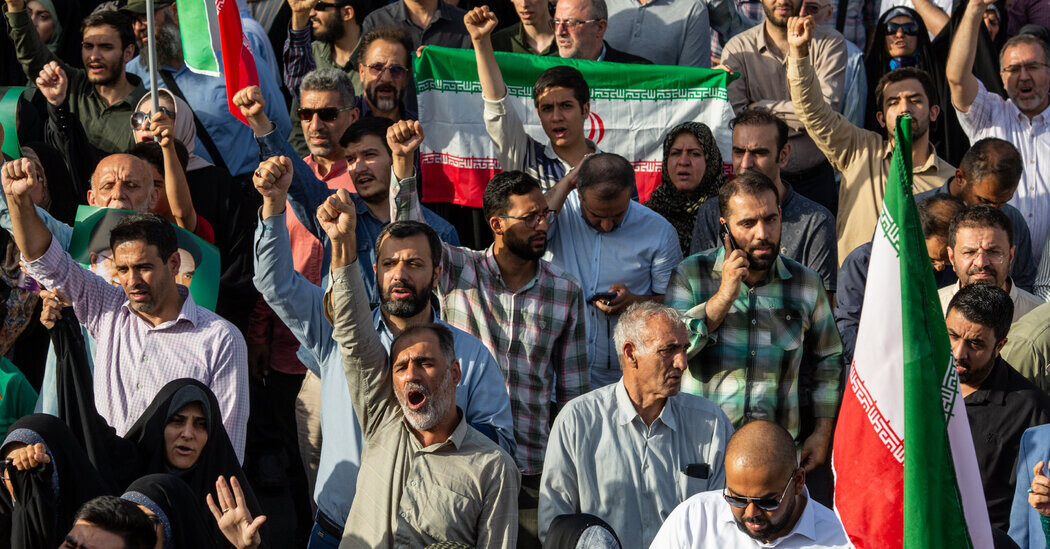

Donald Trump’s bombing of Iran’s nuclear facilities is a once-in-a-generation event that could transform the Middle East, U.S. foreign policy, the effort to stop the proliferation of nuclear weapons and potentially the global order. While its full impact will take decades to understand, it raises a more immediate question today: Will this extraordinary act of war strengthen Tehran’s authoritarians or hasten their demise?
The direct origins of the U.S.-Iran conflict date back to the 1979 revolution that replaced Iran’s U.S.-allied monarchy with an anti-American theocracy. Since then the Islamic Republic of Iran has vowed to end U.S. imperialism and eradicate Israel. Now, the United States and Israel are waging a military campaign inside Iran with a stated goal of destroying its nuclear capability — though the regime’s collapse, while not the declared objective, would be a welcome outcome for both nations. But while military strikes may expose an authoritarian regime’s weaknesses, they rarely create the conditions necessary for lasting democratic change.
Long before Israel’s invasion and Mr. Trump’s strikes, the Islamic Republic resembled a zombie regime, ideologically dead but still repressive, much like the late-stage Soviet Union. Despite the country’s vast human capital and resources, Tehran’s theocrats preside over an economically isolated, socially repressive police state — elbow-deep in corruption and repression, yet ruling from the moral pedestal of an Islamist theocracy. The regime’s enduring slogans, “Death to America” and “Death to Israel” — never “long live Iran” — have long made clear that its priority has always been opposing others, not uplifting its own people.
Given its refusal to countenance meaningful political reform, the chasm between Iran’s static regime and its dynamic population has arguably become among the widest of any society in the world. The regime’s ideological rigidity and nuclear ambitions resemble those of North Korea; the aspirations of its people for modernity and prosperity align it more with South Korea. The only way the government has been able to remain in power has been through relentless physical and digital repression.
Today, the regime most likely has the support of less than 20 percent of society, but up until now it has maintained a highly armed, organized repressive apparatus willing to kill en masse. By contrast, the regime’s far more numerous opponents are unarmed, unorganized and unwilling to die en masse. The state venerates martyrdom; the larger society aspires to separate mosque and state. This disparity has enabled the regime to brutally quash nationwide uprisings, including the Woman, Life, Freedom protests of 2022 and 2023.
When Iranians awoke last Friday to news that at least a dozen senior Revolutionary Guards commanders and nuclear scientists had been assassinated by Israel — killed in their bunkers and bedrooms with minimal collateral damage — many privately rejoiced. But as Israeli bombs began falling on Tehran, that initial wave of satisfaction gave way to fear, confusion and anger. The capital’s 10 million residents were warned — including by the U.S. president — to flee, even as some were urged by calls from outside Iran to rise against the regime. Independent human rights groups estimate over 300 civilians have been killed in the Israeli strikes.



